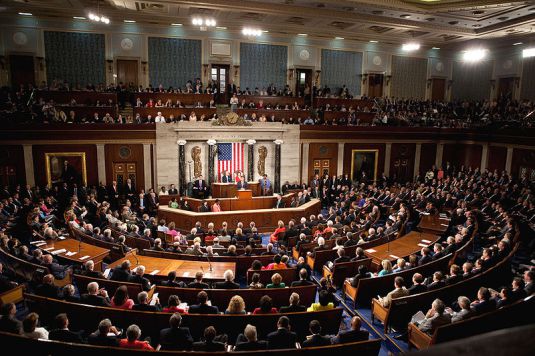
Picture provided by flame.org
When George Washington left his presidency, he warned the country not to have two political parties in his farewell address. Despite his wishes, we made a two-party system anyways. In modern day politics, the Democratic Party and the Republican Party are the only two parties that have a chance of winning the White House, and in most cases, the Senate, and House of Representatives. Even though we have a two-party system, the Democratic and Republican Parties are not the only two parties that exist in the United States.
The two major parties are almost always the winners but there are several political parties in our country. They range from the serious to the issue minded to the ridiculous. For instance, the Libertarian party advocates for minimal government interference, the Green Rainbow Party has run several viable Presidential candidates who support pro-environmental policies, and the Rent is too Damn High Party stands for well…you get the picture.
Despite all of these different political parties, you don’t necessarily need to belong to one; many Americans do not identify with any political party. According to Alan Abramowitz from Politico Magazine, in a Gallup Poll conducted “last year, a record 42 percent of Americans considered themselves political independents.” This is almost half of the nation’s population and it is referring to unenrolled voters. Many people today call this part of the population “independent”, however the government recognizes these people as being unenrolled in a political party.
You don’t need to identify yourself with the Democrats or the Republicans either, though you certainly can if you so choose. Your political ideology can fall anywhere on the political spectrum. You can be economically conservative yet socially liberal or you could be socially conservative and economically liberal. The fact of the matter is, the majority of Americans are varied in their political opinions and they have different views on different issues.

The graphic above demonstrates the varied perspectives that fall on the political spectrum. Let’s say that you are pro-choice (support abortion rights) but also do not approve of how the government is spending your tax money. You could fall right in the middle, but could also join one of the two political parties based on how you feel about other issues.
People on tv and social media are constantly raving about their political parties and how their party is the best. Usually, those are the party extremists according to the spectrum and only represent a small portion of our population. The group of people who have the strongest political clout are unenrolled voters; they are they ones who often stay quiet. Statistically the majority of you reading this article would probably both agree and disagree with parts of both party platforms and would probably consider yourselves unenrolled voters. Don’t feel like you need to choose a party to be an informed voter, but if you feel strongly in favor of one party then you should definitely support them.
People in America like to argue and they like to listen to different opinions and then decide upon which person appeals to them the most. When you listen to candidates speak, don’t think of him or her as the party, but think about what they’re saying and whether or not you agree with that message.





